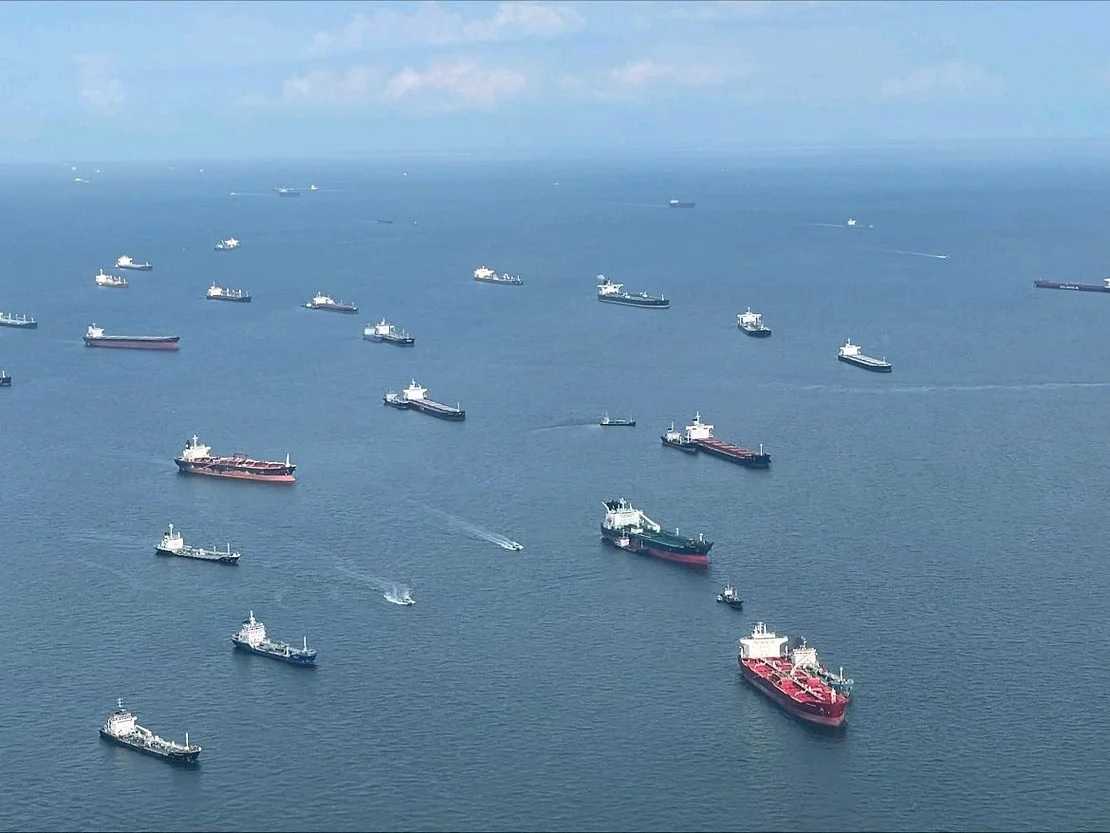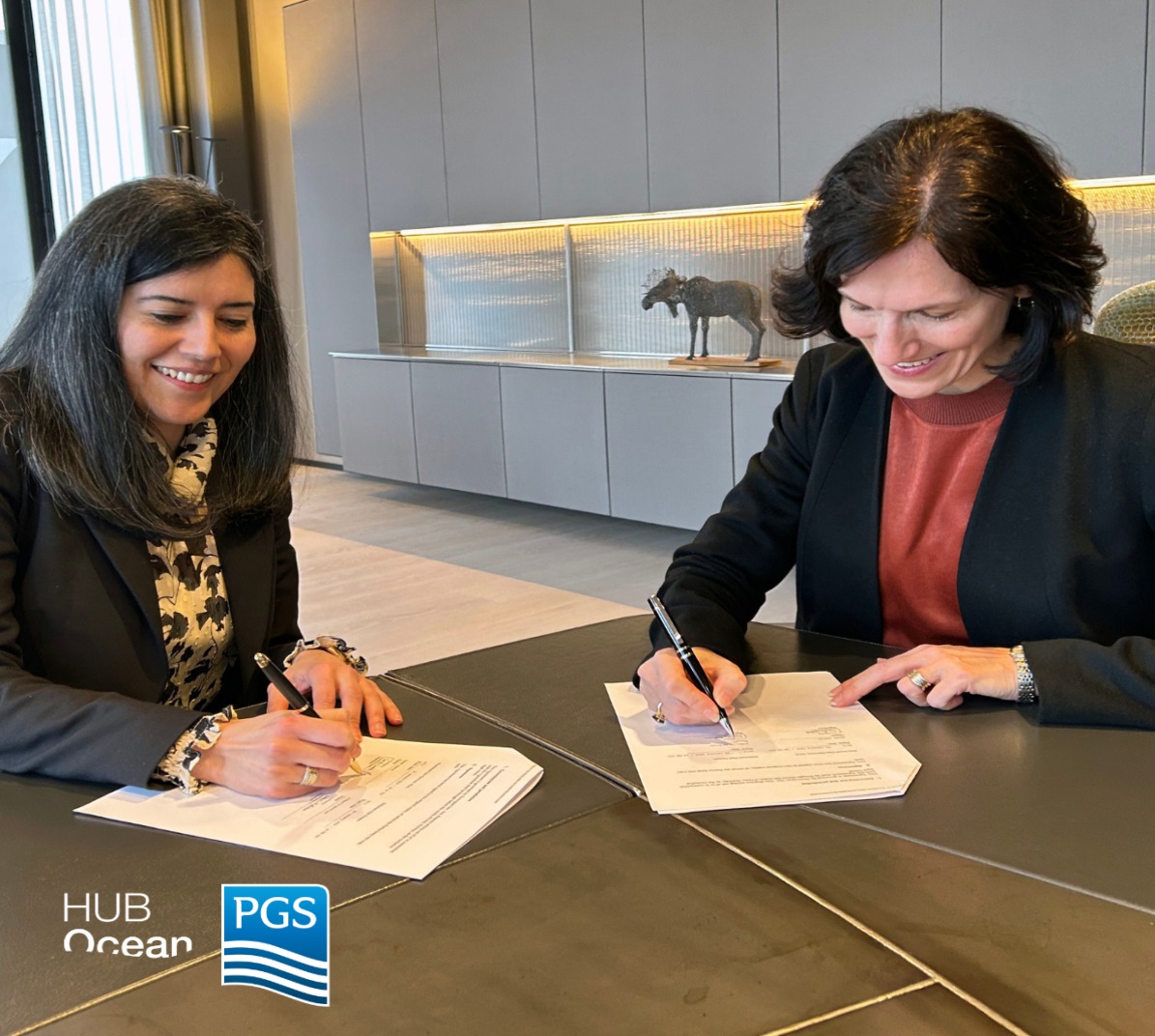Decarbonising shipping begins at home

Shipping is one of the oldest modes of transportation of trade and it has sustained human lives and livelihoods. Large merchant vessels ply trade routes, carrying daily necessities and luxury goods to meet consumer demands of both importing and exporting countries. Today, global trade is fuelled primarily by fossil fuels that emit sulphur oxides (SOx), nitrogen oxides (NOx) and carbon dioxide (CO2) — these GHG emissions lower the quality of our water, food and environment over time. It is forecasted that close to 50% of the global energy mix will still be fossil-based by 2050[1]. With each passing year, the urgency for shipping to reduce its GHG emissions by at least 50% compared to the 2008 level becomes more acute.
What can we do to move in the right direction? While the International Maritime Organization (IMO) has established its 2030 and 2050 decarbonisation goals to move Member States to take climate action, top-down regulations is but one part of the solution. After all, international shipping’s GHG emissions are not accounted for in Nationally Determined Contributions (NDCs) even though landside infrastructure at ports critically support shipping, and their emissions are part of NDCs.
Stakeholders in the supply chain — fuel suppliers, ship builders, equipment manufacturers, marine insurers, ship financiers, port regulators — are changing their operating models and exploring ways to collaborate and share resources to de-risk investments in decarbonisation solutions. Oftentimes, these changes take the form of pilots and trials. The non-profit organisation Global Centre for Maritime Decarbonisation (GCMD) was set up with the precise aim of conducting pilots and trials and curating projects to help the maritime industry eliminate GHG emissions.
There is no better place than home to begin decarbonising shipping. Responsible for 70% of global transshipments and 50M tonnes of bunker sale volumes in 2021[2] (greater than that of next nine bunkering ports combined), the Port of Singapore is a prime candidate for executing GCMD’s pilots and trials, and subsequently implementing the learnings. Given the stringent requirements of operating in Singapore because of how busy and crowded its waters are and how close the vessels are to population density, these learnings should be extensible to ports elsewhere.
Tapping on home ground advantage, GCMD can leverage its understanding of the local context to bring in the right project partners and to accelerate studies, pilots and trials with the intention of sharing the approach and learnings with the wider industry to nudge solution uptake here and elsewhere in the world. Adopting a bottom-up approach, GCMD works closely with private and public sector partners across the supply chain to shape standards for future fuels, finance first-of-a-kind projects, and pilot low-carbon solutions under real-world operating conditions.
Much more needs to be done. The Global Maritime Forum highlights in its report that 5% zero-emissions fuel is needed by 2030 in order to reach the ambitious, zero-emissions target that is aligned with the 1.5-degree cap on global temperature rise set by the Intergovernmental Panel on Climate Change (IPCC). This fractional green fuel requirement amounts to about 30M tonnes of green ammonia or green methanol[3]. This presents a great opportunity for developing countries that are rich in natural resources to develop their production capabilities to meet global demand.
As delegates of COP27 in Sharm el-Sheikh, Egypt leave for home, will ambition be translated into action? And will you participate in the global action to help bend the emissions curve?
[1] Energy Transition Outlook 2022 report, DNV, 13 October 2022.
[2] Bunkering Statistics, Maritime and Port Authority of Singapore, January 2022.
[3] Climate Action in Shipping – Progress Towards Shipping’s 2030 Breakthrough report, Global Maritime Forum, 21 September 2022.

